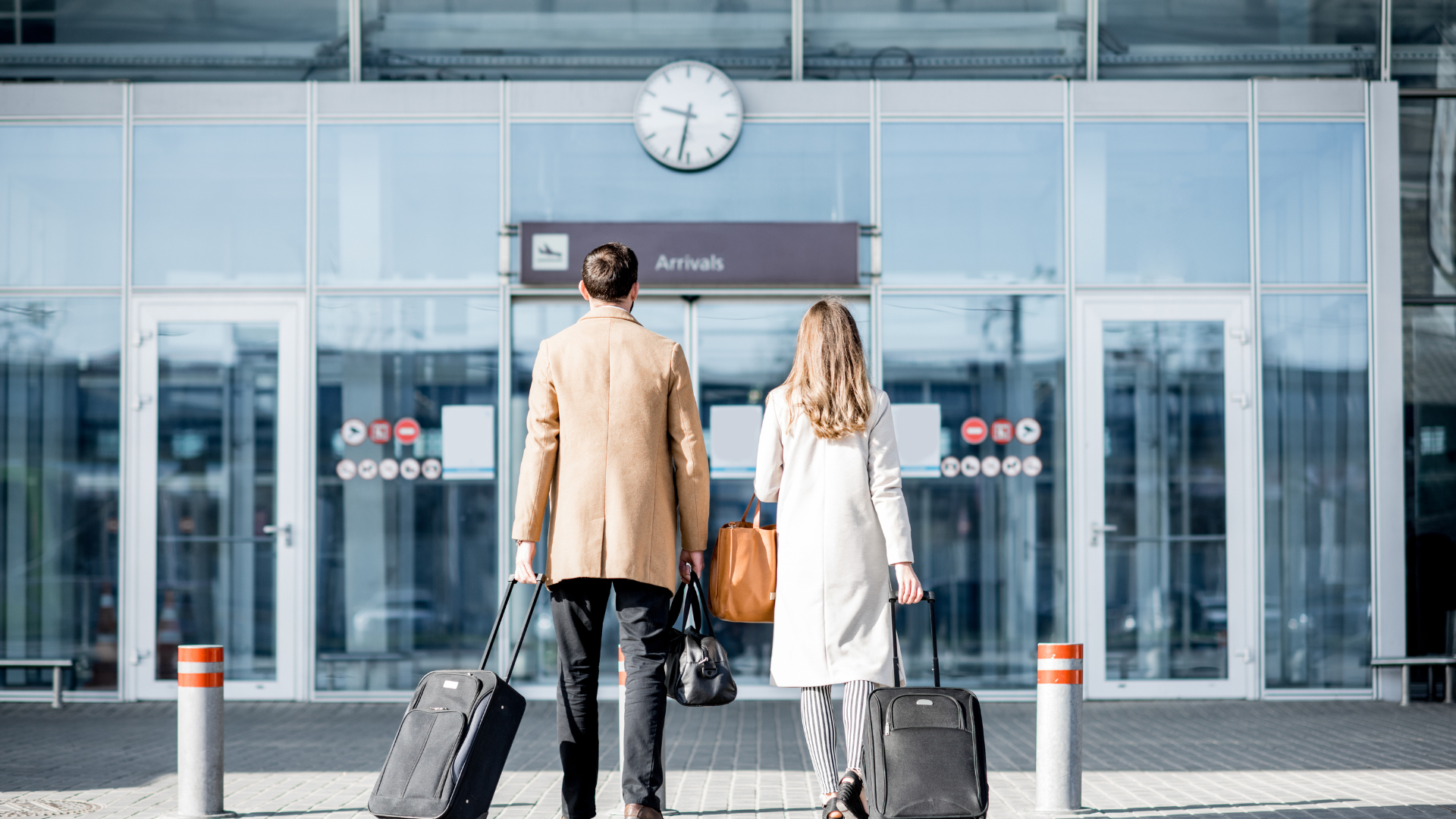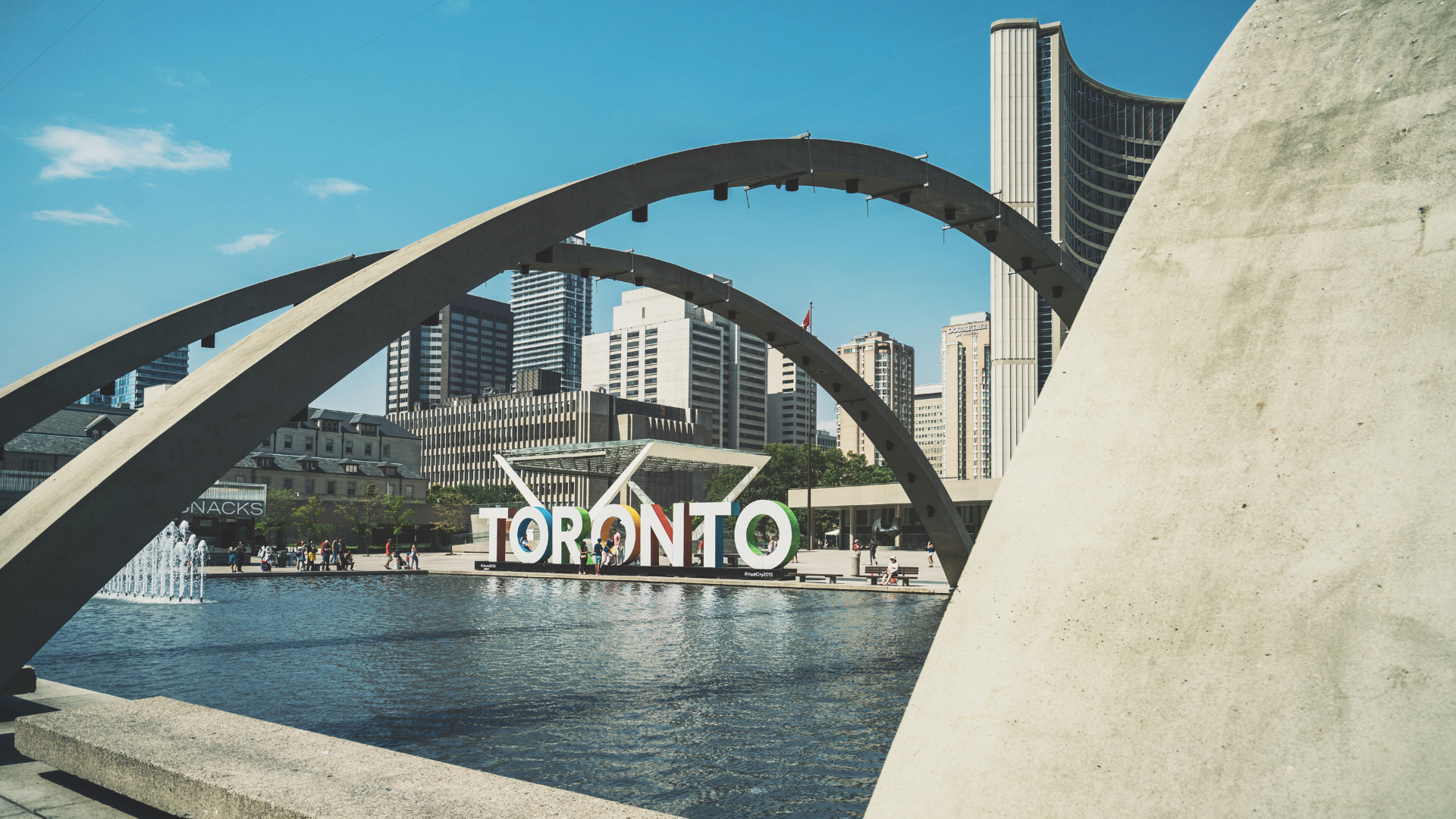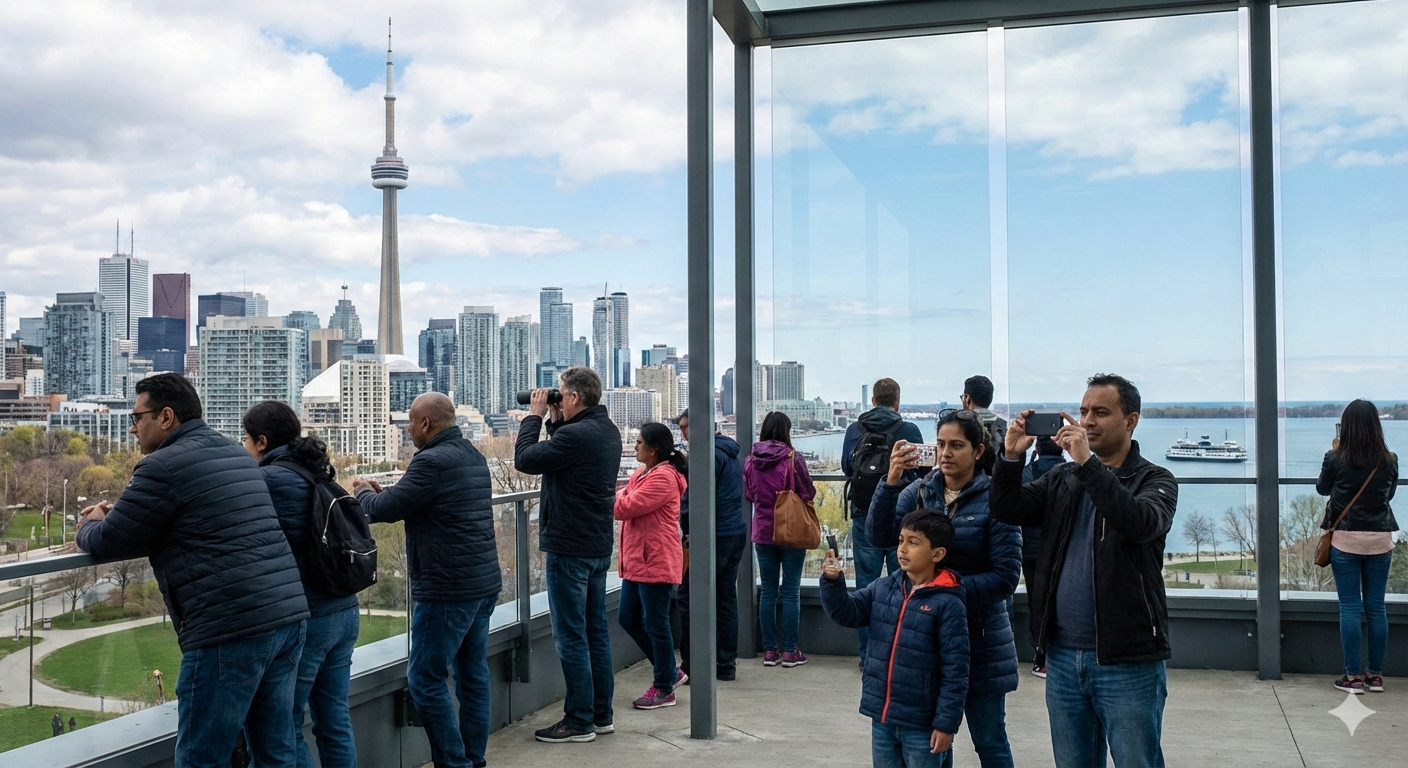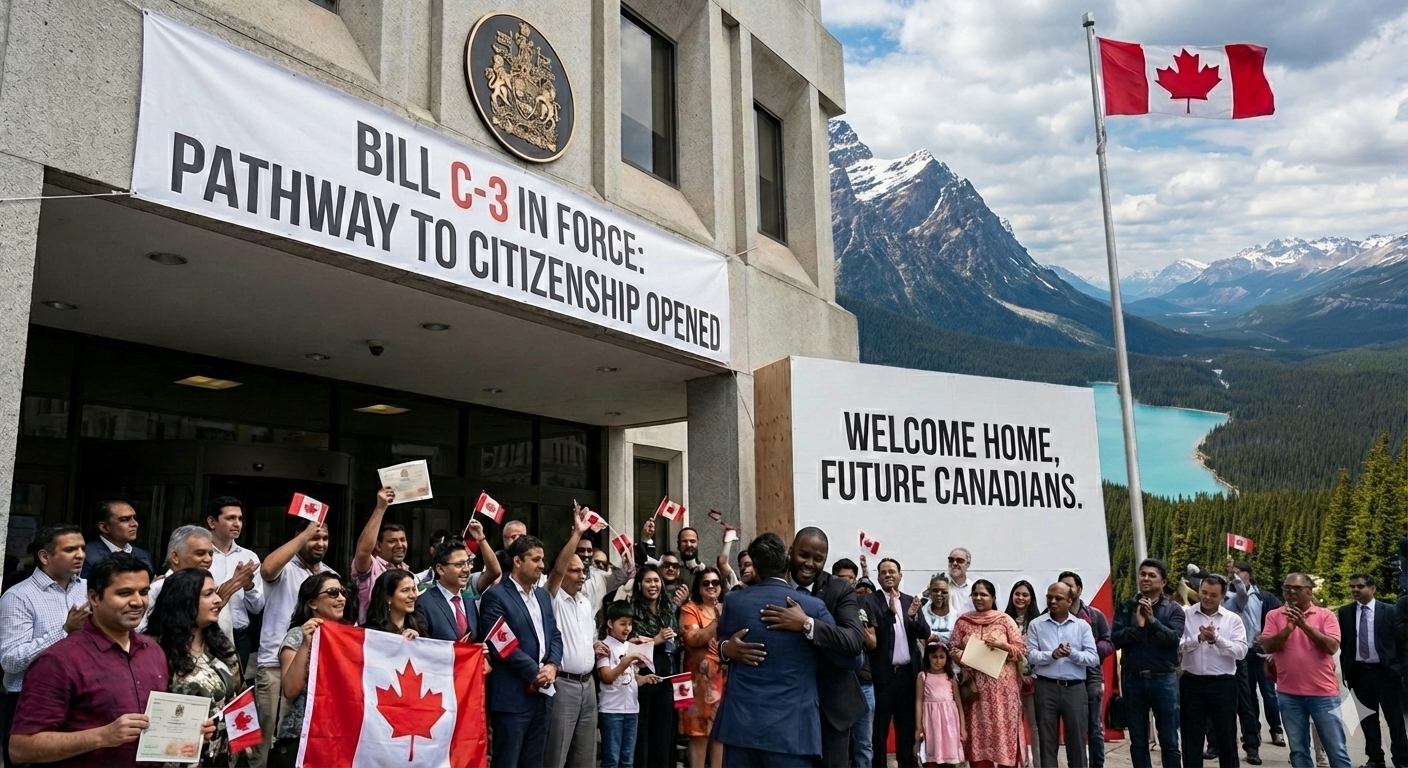Canada Visitor Visa Refusals on the Rise: How to Strengthen Your Application

If you need a visitor visa to Canada, preparing a strong,
well-documented application is now more important than ever. Immigration
Minister Marc Miller recently announced that new measures have led to refusal
rates exceeding 61% for residents of certain countries. To increase your
chances of success, follow these key strategies.
1. Complete All Forms and Attach Required
Documents
Start by filling out the Temporary Resident Visa
application (IMM 5257) and the Family Information form (IMM 5707 or IMM 5645)
completely and accurately. Don’t leave any fields blank—if something doesn’t
apply to you, write “N/A” to show you’ve read the question.
Be sure to include all necessary documents listed on your
personalized visitor visa checklist. This includes two photos that meet the
specified requirements and payment of the visa processing fees.
2. Be Honest and Transparent
Accuracy is critical. Providing false or incomplete
information—even by mistake—can lead to your application being refused and may
result in a five-year ban from entering Canada. Double-check that all details
are correct, consistent, and supported by the documents you submit.
3. Show Strong Ties to Your Home Country
Visa officers need assurance that you’ll return home after
your visit. Provide evidence that ties you to your home country, such as:
- Stable
employment (confirmation of a job).
- Ownership
of property or a business.
- Long-term
rental agreements.
- Family
commitments (e.g., marriage or birth certificates).
4. Demonstrate Sufficient Financial Means
You must prove that you have enough money to support
yourself while in Canada. Examples of acceptable financial evidence include:
- Recent
bank statements.
- A
letter from your employer stating your salary.
- Pay
stubs.
- Statements
from investment accounts.
These documents show you can cover transportation,
accommodation, and daily expenses during your stay.
5. Clarify the Purpose of Your Visit
Provide a clear explanation of why you’re visiting and how
long you plan to stay. Include a detailed travel itinerary, flight
reservations, and, if possible, event tickets or invitations. Writing a concise
cover letter that outlines your travel plans and objectives can help convince
the visa officer that your visit is legitimate and time-limited.
6. Confirm You Are Admissible
Some applicants may be found inadmissible due to criminal
records, health issues, or security concerns. For example, certain criminal
offenses—such as DUIs, fraud, or assault—can make you ineligible. If you
believe you may have an inadmissibility issue, seek advice from a qualified
immigration lawyer who can help you resolve it before applying.
Visitor Visa Basics
A visitor visa, also known as a Temporary Resident Visa, is
required for foreign nationals who are not visa-exempt. For visa-exempt
travelers, an electronic Travel Authorization (eTA) may be required instead.
The rules vary depending on your country of citizenship, so be sure to check
the latest requirements.
Visitor visas are generally issued as single-entry or
multiple-entry visas. Multiple-entry visas allow you to enter and leave Canada
multiple times, often for up to 10 years. Single-entry visas are valid for a
single visit and typically expire once you leave. Parents and grandparents of
Canadian citizens or permanent residents may be eligible for the Super Visa,
which permits longer stays of up to five years at a time.
Final Thoughts
As refusal rates climb, taking extra care with your
application can make all the difference. Complete your forms accurately,
provide all necessary documentation, and demonstrate strong ties to your home
country. If you have doubts or face complex situations, consider consulting a
knowledgeable immigration professional to guide you through the process.






